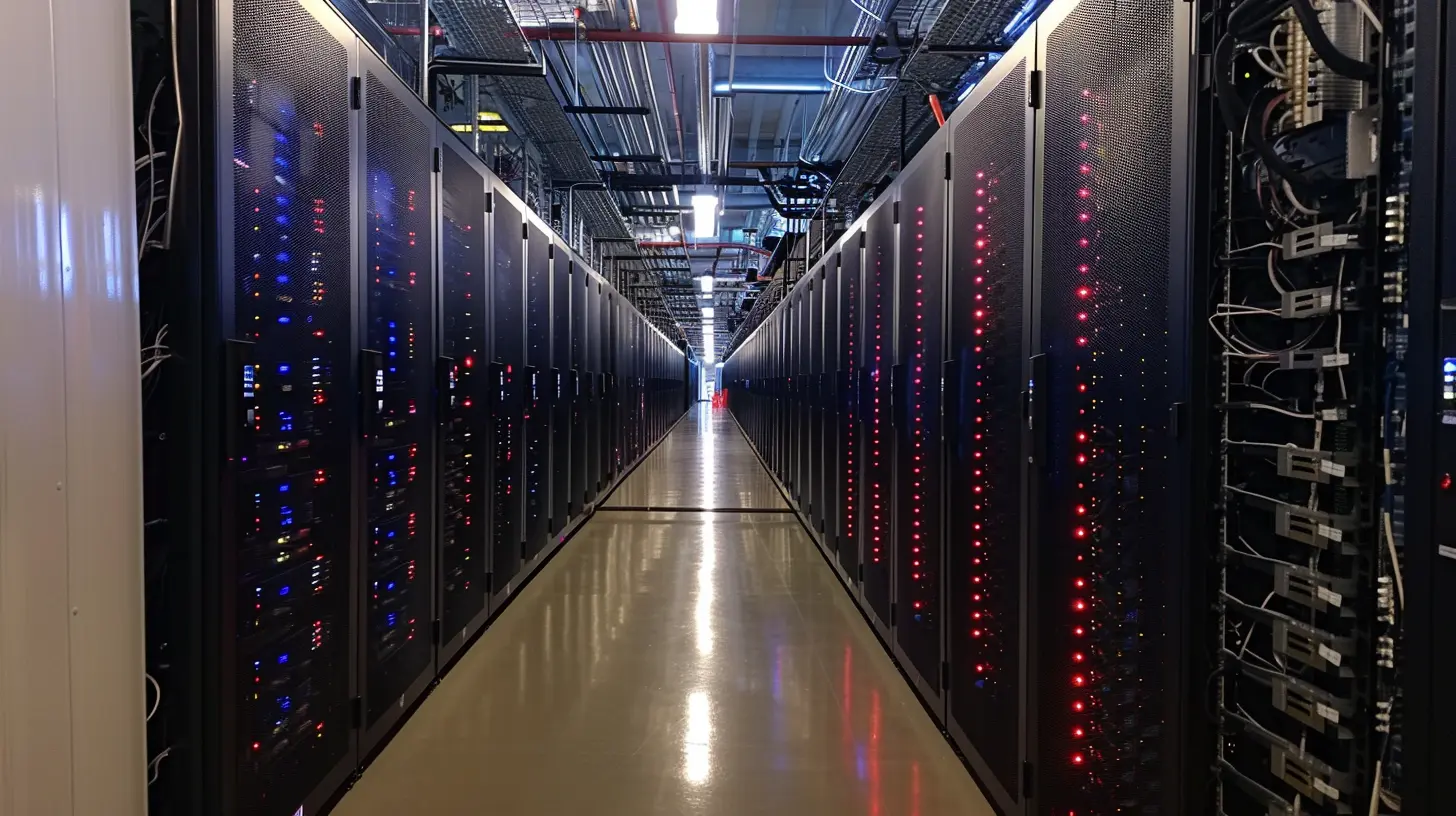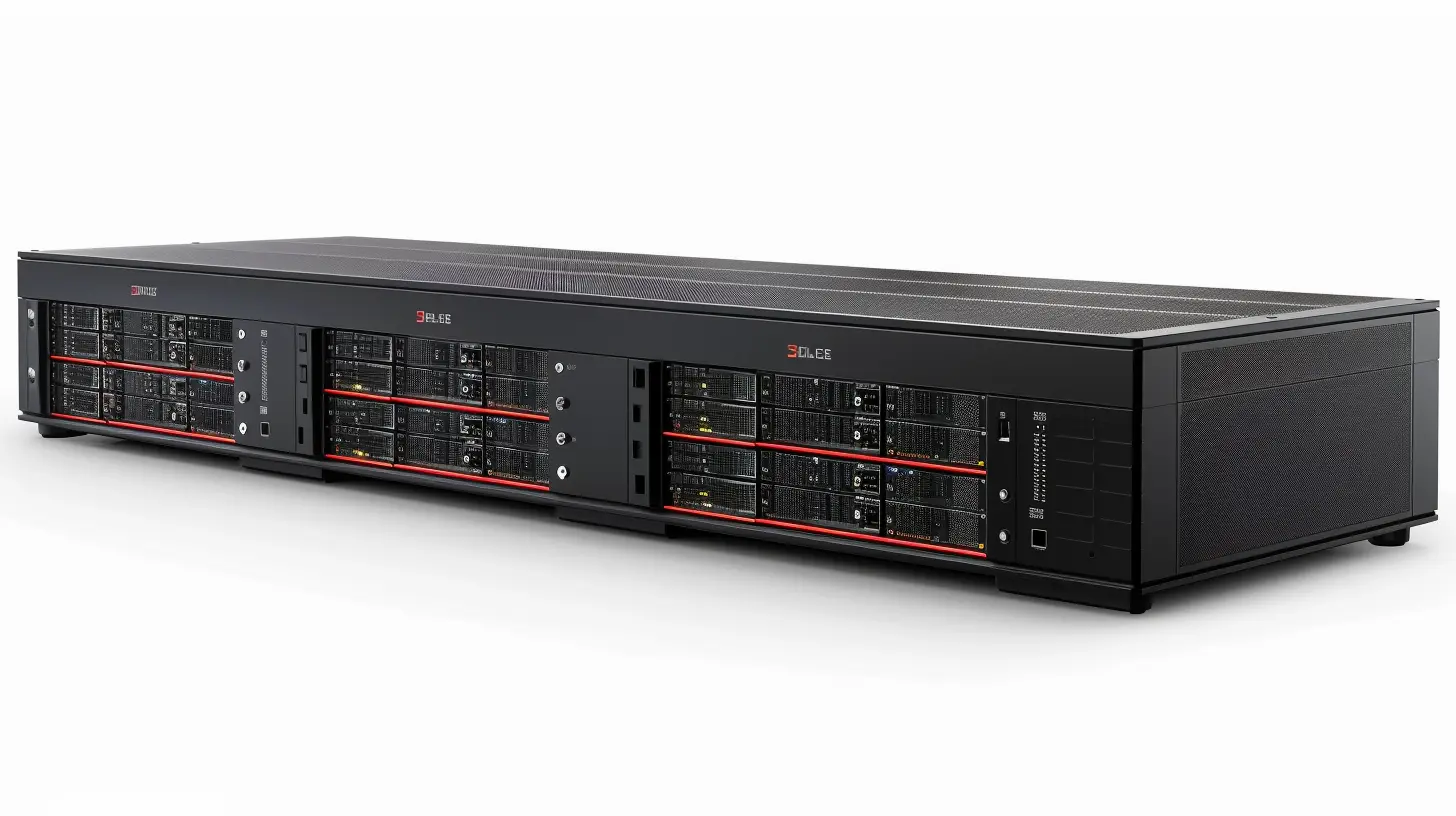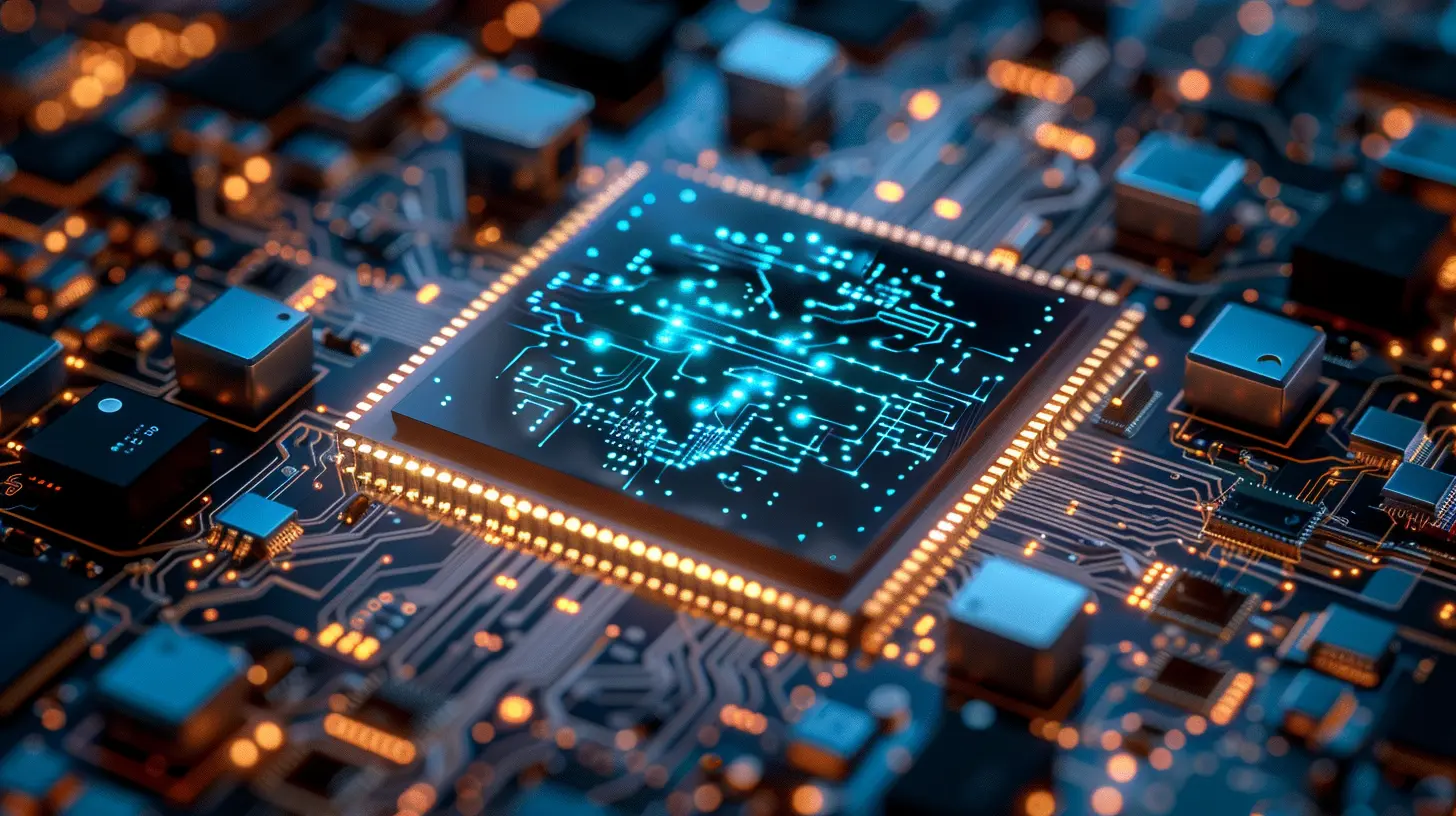How 3D NAND Technology Is Revolutionizing Data Center Storage
12 August 2025
Walk into any data center today, and you'll feel the heartbeat of the digital world. These massive, humming facilities are the unsung heroes powering everything—from your Netflix binge sessions to real-time AI analytics. But here’s the thing: as data needs explode, traditional storage solutions are gasping for breath.
That’s where 3D NAND technology steps in like a superhero swooping down when things are about to go off the rails. If you're wondering how a type of flash memory can shake up entire data centers, buckle up! This isn’t just about storing more data—it's about changing the rules of the game.
What the Heck is 3D NAND, Anyway?
Let’s start with the basics. Traditional NAND (short for "Not AND") flash memory is the technology behind solid-state drives (SSDs). It's been the gold standard for a while, replacing those clunky, mechanical hard drives we used to know and (almost) love.But here's the catch—conventional NAND is flat. Picture a single-story building. There’s only so much space you can use before you hit a wall—literally.
Now imagine a skyscraper instead of a one-floor house. That’s 3D NAND for you. It's built by stacking memory cells vertically, layer upon layer, like a Jenga tower—but without the risk of toppling over. This upward approach means you can cram more storage into a smaller footprint. More capacity, higher performance, and better endurance? Yes, please.
Why Data Centers Are Hungry for Better Storage
Let’s face it: we’re drowning in data. Every selfie, every email, every online purchase—they all add up. And it’s not just people causing the flood. Internet of Things (IoT) devices, autonomous vehicles, real-time analytics engines—they’re all part of this data tsunami.This has put data centers under incredible pressure to store, access, and manage information faster than ever. Traditional storage options just can’t keep up anymore. They’re too slow, too clunky, and too energy-hungry.
Here’s where 3D NAND enters the chat.
The Real-World Advantages of 3D NAND in Data Centers
Let’s break it down. Below are some very real—and very exciting—benefits of implementing 3D NAND technology in data centers.1. 🚀 Insane Storage Density
Because 3D NAND stacks memory cells vertically, you can fit much more data into the same physical space. It’s like going from a cozy apartment to a penthouse suite.For data centers, where square footage is both expensive and limited, this is a big deal. Higher storage density means fewer drives are needed to hold the same amount of data, reducing both hardware overhead and operational complexity.
2. ⚡️ Better Performance
Data centers demand speed. Queries, transactions, backups—they need to happen NOW. With 3D NAND, read and write speeds get a serious boost. High-performance SSDs built on 3D NAND tech deliver significantly lower latency, making your apps and services faster and more responsive.Ever waited for a page to load while streaming 4K? Multiply that frustration by a thousand, and you’ll understand why performance matters in data centers. With 3D NAND, we’re talking less waiting, more doing.
3. 🔋 Lower Power Consumption
Data centers consume a ton of energy. Between servers, cooling systems, and lighting, the electricity bill is astronomical. But guess what? 3D NAND SSDs consume considerably less power than traditional hard drives and even earlier flash technologies.More energy-efficient storage means reduced operational costs and a smaller carbon footprint. That’s not just good for business—it’s good for the planet, too.
4. 💪 Improved Endurance and Reliability
In a data center, storage devices get a workout. Thousands (or millions) of read/write cycles happen every day. If your storage solution isn’t durable, it's going to fail—and the cost of downtime? Massive.3D NAND is designed to handle more stress. Thanks to its architecture and improved error correction, these drives last longer and perform more consistently over time. We're talking about years of reliable service. That’s peace of mind in silicon form.
The Tech Behind the Magic: How 3D NAND Works
Now for the nerdy bit (don’t worry, we’ll keep it simple).In planar NAND (the older sibling), memory cells sit next to each other on a flat layer. But with limitations in miniaturization, manufacturers hit a wall. You can only shrink things so much before they stop working properly.
3D NAND solves this by building upwards. It stacks 32, 64, even 176 layers of memory cells (and counting). Each layer is connected by tiny vertical channels, allowing data to move quickly between them.
Think of it like an elevator in a high-rise office building, zooming between floors, carrying data passengers at lightning speed.
Plus, improvements like TLC (Triple-Level Cell), QLC (Quad-Level Cell), and even PLC (Penta-Level Cell) technologies allow more bits per cell, further enhancing capacity.
Real-World Use Cases: 3D NAND in Action
So where is all this magic happening? Turns out, everywhere.Cloud Service Providers
Big tech companies—think Google, Amazon, Microsoft—rely heavily on scalable, fast, and reliable storage. 3D NAND SSDs help them handle the absurd volumes of data traffic they manage daily. Whether it’s backing up your Google Photos or handling real-time AWS workloads, 3D NAND is on the job.AI and Big Data
AI workloads involve crunching massive datasets. Machine learning models need rapid access to training data. Traditional storage can’t feed them fast enough. Enter 3D NAND SSDs—fast, efficient, and capable of handling high IOPS (Input/Output Operations Per Second).Edge Computing
In edge environments, space and power are limited, but the need for fast storage is still critical. 3D NAND’s high density and low power requirements make it perfect for these setups—think smart factories, remote monitoring stations, and autonomous vehicle hubs.The Challenges: It’s Not All Sunshine and Rainbows
Let’s be real—no tech is perfect.One of the biggest sticking points with 3D NAND is cost. Although prices have dropped considerably, high-density SSDs are still more expensive than traditional HDDs per terabyte. That said, when you factor in performance gains, energy savings, and lifespan, the ROI often justifies the investment.
Then there’s the issue of write endurance—especially with QLC and PLC tech. Squeezing more bits into each cell sacrifices endurance, making these types of drives better suited for read-heavy tasks.
Manufacturers combat this with firmware tricks, wear leveling, overprovisioning, and improved error correction. It’s a bit of a juggling act, but they’re getting better at it every year.
The Future of 3D NAND: What’s Next?
The 3D NAND race isn’t slowing down. We’re already seeing drives with 200+ layers hitting the market, and R&D teams are aiming for over 500 layers in the coming years. That’s like going from a 30-story high-rise to the Burj Khalifa.Tech like 3D XPoint (a type of non-volatile memory) and hybrid storage solutions may blend with 3D NAND to create even more powerful storage architectures. And with data generation showing no signs of slowing, innovation is the only way forward.
Wrapping It Up: Why You Should Care
So, why does 3D NAND matter? Because it's the quiet disruptor behind the scenes, making your cloud apps faster, your AI smarter, and your favorite streaming service smoother.For data centers, it’s a lifeline. For end-users like us, it's invisible—but indispensable. It's changing how we store, move, and process the digital universe.
And as tech continues to evolve, one thing’s for sure: 3D NAND is just getting started.
all images in this post were generated using AI tools
Category:
Data CentersAuthor:

Reese McQuillan
Discussion
rate this article
1 comments
Ashira Kearns
Wow, this is fascinating! It's amazing how 3D NAND technology is reshaping data center storage. The increase in efficiency and capacity is a game-changer for businesses. Can't wait to see how this tech continues to evolve and improve our digital lives!
August 22, 2025 at 2:18 AM

Reese McQuillan
Thank you! I'm glad you found it fascinating. The advancements in 3D NAND truly are exciting for the future of data storage!


